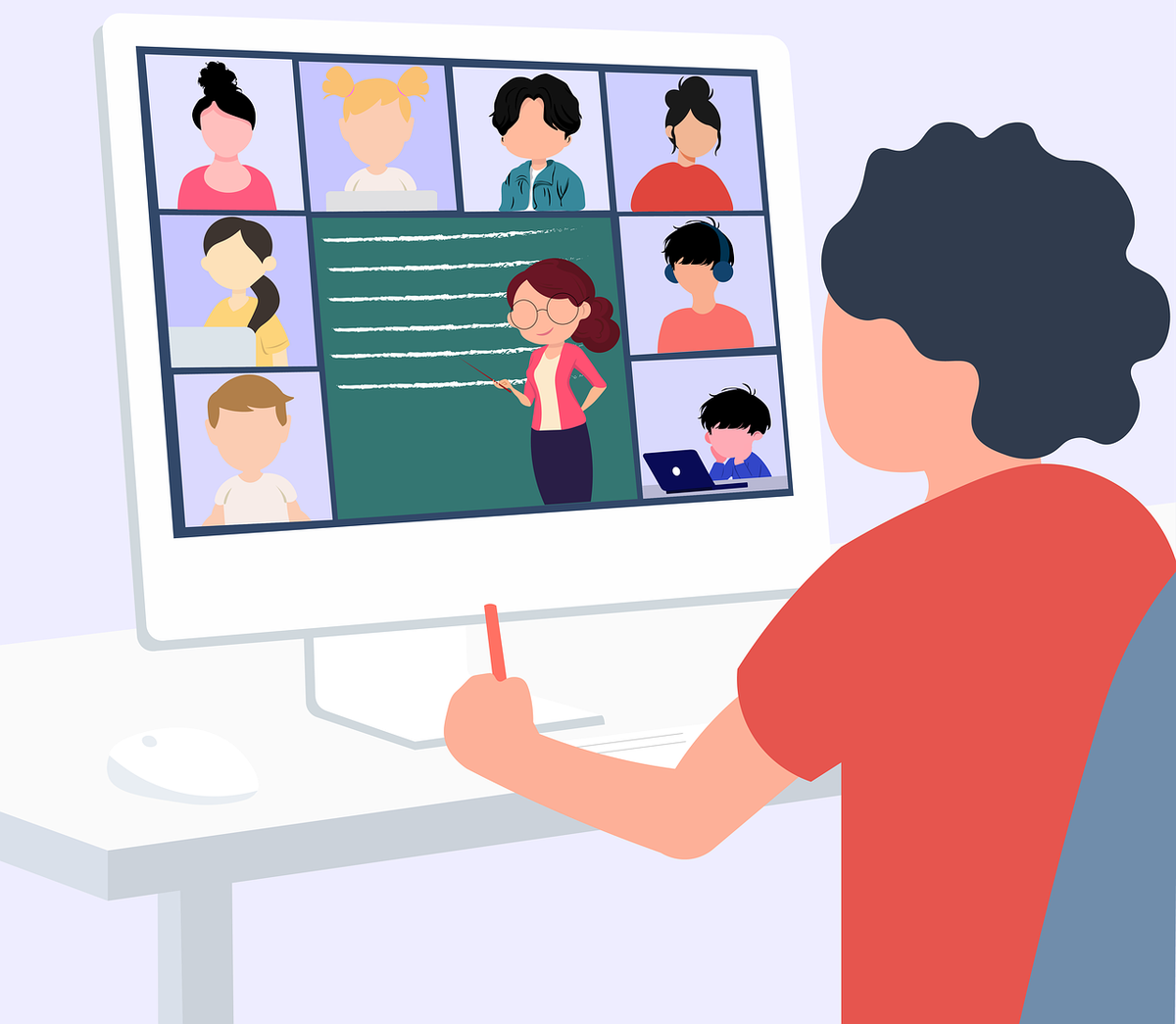In traditional classrooms, engagement often looks like students collaborating in pairs, rotating through activity stations, or stepping up to the board to present. While these methods are rooted in physical interaction, the essence of engagement – active participation, collaboration and communication – can be effectively translated into the virtual classroom with the right tools and strategies.
Embracing Digital Tools for Active Learning
Digital tools are the backbone of a successful virtual classroom. When used thoughtfully, they can replicate – and even surpass – the interactivity of in-person learning. Here are several categories of tools and how they can be used to foster engagement:
1. Breakout Rooms
Breakout rooms simulate small group discussions, allowing students to collaborate in pairs or small teams. Teachers can:
- Assign specific tasks or roles within each group.
- Rotate between rooms to provide support and feedback.
- Use timers and prompts to keep discussions focused and productive.
2. Virtual Classroom Roles
Assigning roles gives students a sense of ownership and purpose. Examples include:
- Note Taker: Summarizes group discussions and shares with the class.
- Link Poster: Finds and shares relevant resources.
- Discussion Leader: Keeps the group on task and encourages participation.
These roles can rotate weekly to ensure all students develop different skills.
3. Collaborative Whiteboards
Tools like Microsoft Whiteboard, and Miro allow students to:
- Brainstorm ideas together in real time.
- Solve math problems collaboratively.
- Create visual mind maps or diagrams.
These tools support drawing, typing, and image insertion, making them versatile for all subjects.
4. Multimedia Presentations
Students can use platforms like Google Slides, Canva, or Loom to:
- Create and narrate presentations.
- Record video reflections or project summaries.
- Share their screens during live sessions to present their work.
This not only builds communication skills but also boosts confidence.
5. Gamified Learning Platforms
Gamification turns learning into a fun, competitive experience. Popular tools include:
- Kahoot! and Quizizz for quizzes and trivia.
- Blooket and Gimkit for interactive games with educational content.
- Prodigy for math-based role-playing games.
These platforms often include leaderboards, points and rewards to motivate students.
6. Interactive Polls and Surveys
Using tools like Mentimeter, Poll Everywhere, or built-in Zoom polls, teachers can:
- Gauge student understanding in real time.
- Collect opinions or feedback.
- Spark discussion with thought-provoking questions.
7. Learning Management Systems (LMS) Integration
Platforms like Google Classroom, Canvas, or Schoology centralize resources and streamline communication. They allow:
- Easy access to assignments and materials.
- Discussion boards for asynchronous engagement.
- Integration with third-party tools for a seamless experience.
Inclusive Participation for All Learners
One of the strengths of virtual classrooms is the ability to support diverse learning styles and needs. Students who may be shy or have learning differences can engage in ways that feel comfortable and accessible:
- Nonverbal Communication: Emojis, hand signals, and chat messages allow students to express themselves without speaking aloud.
- Assistive Technology: Tools like text-to-speech and screen readers can support students with reading or writing challenges, making learning more equitable.
- Flexible Engagement: Whether through typing, speaking, or visual cues, students can participate in the way that suits them best.
Meeting Students Where They Are
Today’s learners – especially those from Gen Z and Gen Alpha – are digital natives. They interact with technology in nearly every aspect of their lives, and education should be no exception. By leveraging the tools they’re already familiar with, educators can create dynamic, interactive and inclusive virtual classrooms.
The Bottom Line
The goal of any classroom, virtual or physical, is to engage every student in meaningful learning. With thoughtful planning and the right digital tools, online classrooms can be just as vibrant and interactive as their in-person counterparts. Engagement isn’t about the format – it’s about connection, creativity and community.
